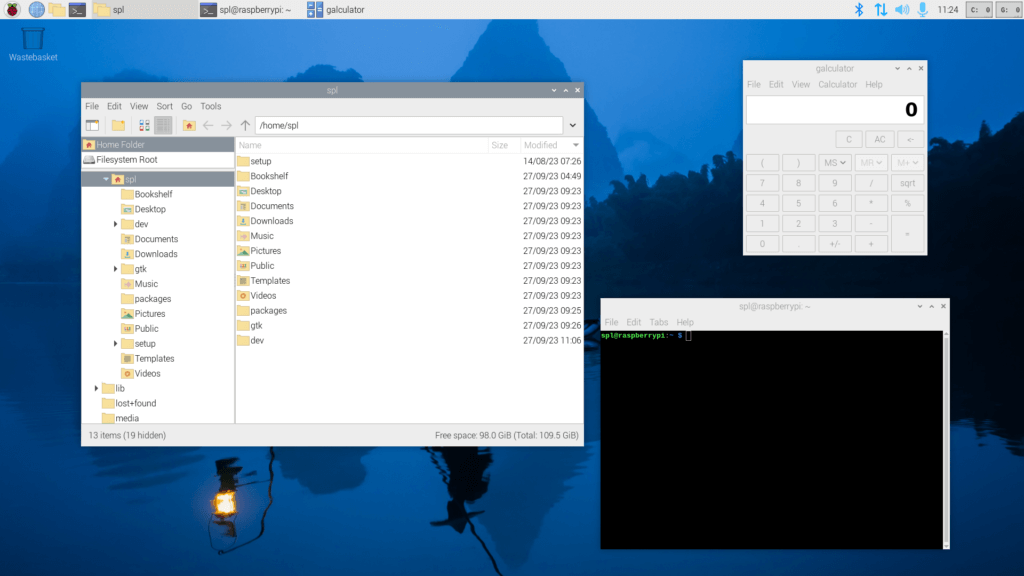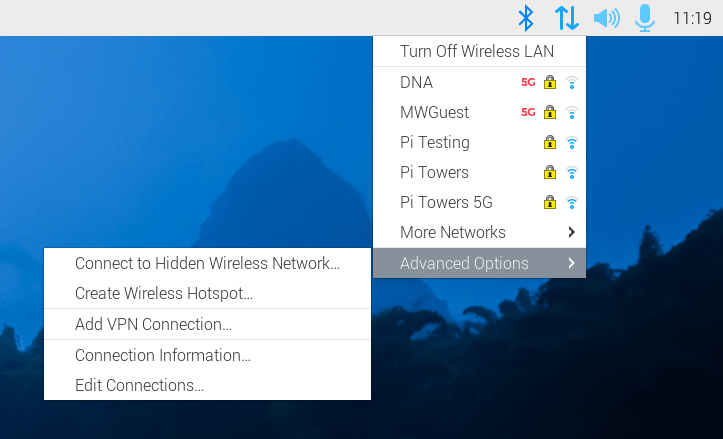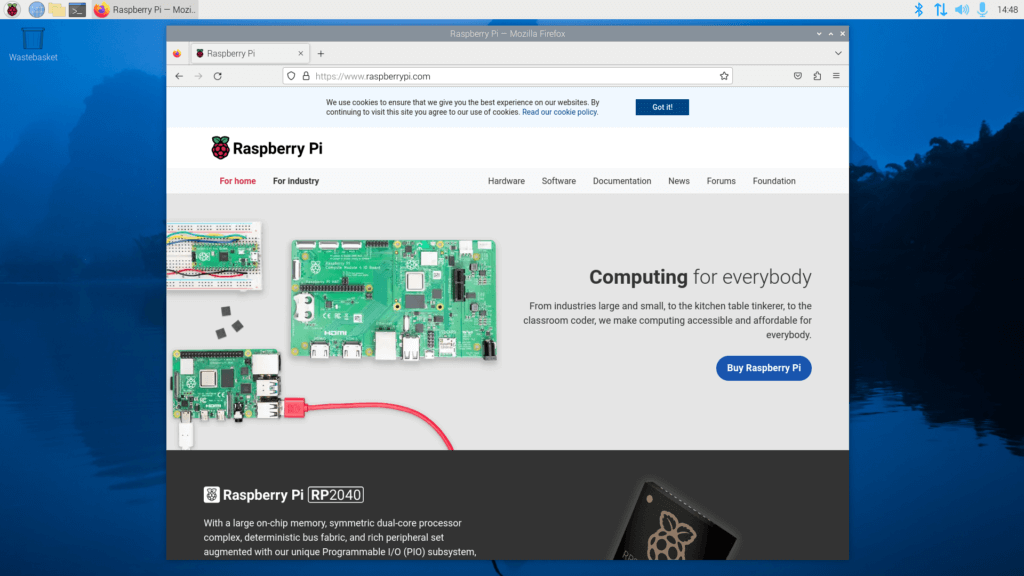
A new release of Raspberry Pi OS is here to complement the recently launched Raspberry Pi 5.
The developers have worked on it for quite some time now. It features loads of improvements and a major change that signifies the move to a more modern approach to window systems.
Let's see what they've accomplished.
Raspberry Pi OS: What's New?

Based on the latest Debian 12 'Bookworm' release, the developers have had to make major architectural changes to the Raspberry Pi Desktop.
Some key highlights include:
- Wayland Only
- Networking Improvements
- PipeWire by Default
- Raspberry Pi-Optimized Firefox
Naturally, you can expect the core benefits of Debian 'Bookworm' along with the above-mentioned changes.
Wayland Only
Yes, you read that right.
The Raspberry Pi Desktop has moved to the Wayland window system as its default, dropping the X11 window system owing to various limitations, with the primary selling point being that Wayland performs better on modern hardware.
All of this was made possible thanks to the implementation of the Wayfire compositor, which also allowed the devs to keep the user experience a familiar one.
Quoting the devs from the release announcement:
If you boot Raspberry Pi OS on a Pi 4 or 5, you will now get a Wayfire desktop. It should look pretty much identical to the desktop you are used to from Bullseye, but appearances are deceptive — it has taken a lot of work to get to the point where the two desktop environments look the same!
We are not surprised by this move, though.
Recently, we have been seeing an increase in transition to Wayland from older window systems like X11 and Openbox.
For instance, the recent move by GNOME that has kick-started the transition to a Wayland-only future. Even Fedora Linux 40 is all set to drop the X11 session for an XWayland approach with Plasma 6.
It is interesting to see Raspberry Pi OS make the move already 😄
Networking Improvements

Working on the previously implemented NetworkManager network controller, the devs have been able to improve it by having the networking plugin on the taskbar.
It looks almost the same as in the previous versions but with a new 'Advanced Options' element that allows users to access the new functions made available by NetworkManager.
PipeWire by Default
Raspberry Pi Desktop now features PipeWire for handling all audio/video-related tasks. It replaces PulseAudio, for a more modern and flexible approach to audio/video handling.
On the user side, you can take advantage of better Bluetooth audio device management, lower latency, better interoperability with Wayland, and more.
Users do have the option to revert to PulseAudio by following the same steps mentioned above for switching the windowing systems.
Raspberry Pi-Optimized Firefox

For the first time, an officially supported, Raspberry Pi-optimized version of Mozilla Firefox is being made available through this release of Raspberry Pi OS.
Users can now utilize the V4L2 codec support for using the hardware h.264 decoder on their Raspberry Pi, which should help in better HD video playback.
They have also enabled Widevine DRM for a hassle-free streaming experience on major video streaming platforms.
There are a few other subtle changes in this release. Refer to the official blog to learn more.
📥 Download Raspberry Pi OS
As the changes to the operating system are significant, the developers recommend that you start with a fresh installation (re-image your SD card).
Sure, you can upgrade at your own risk.
You can head over to the official website to get started.
💬 Are you excited about the new Raspberry Pi OS upgrade? Let us know in the comments.
- Even the biggest players in the Linux world don't care about desktop Linux users. We do.
- We don't put informational content behind paywall. Your support keeps it open for everyone. Think of it like 'pay it forward'.
- Don't like ads? With the Plus membership, you get an ad-free reading experience.
- When millions of AI-generated content is being published daily, you read and learn from real human Linux users.
- It costs just $2 a month, less than the cost of your favorite burger.
Become a Plus Member today and join over 300 people in supporting our work.










